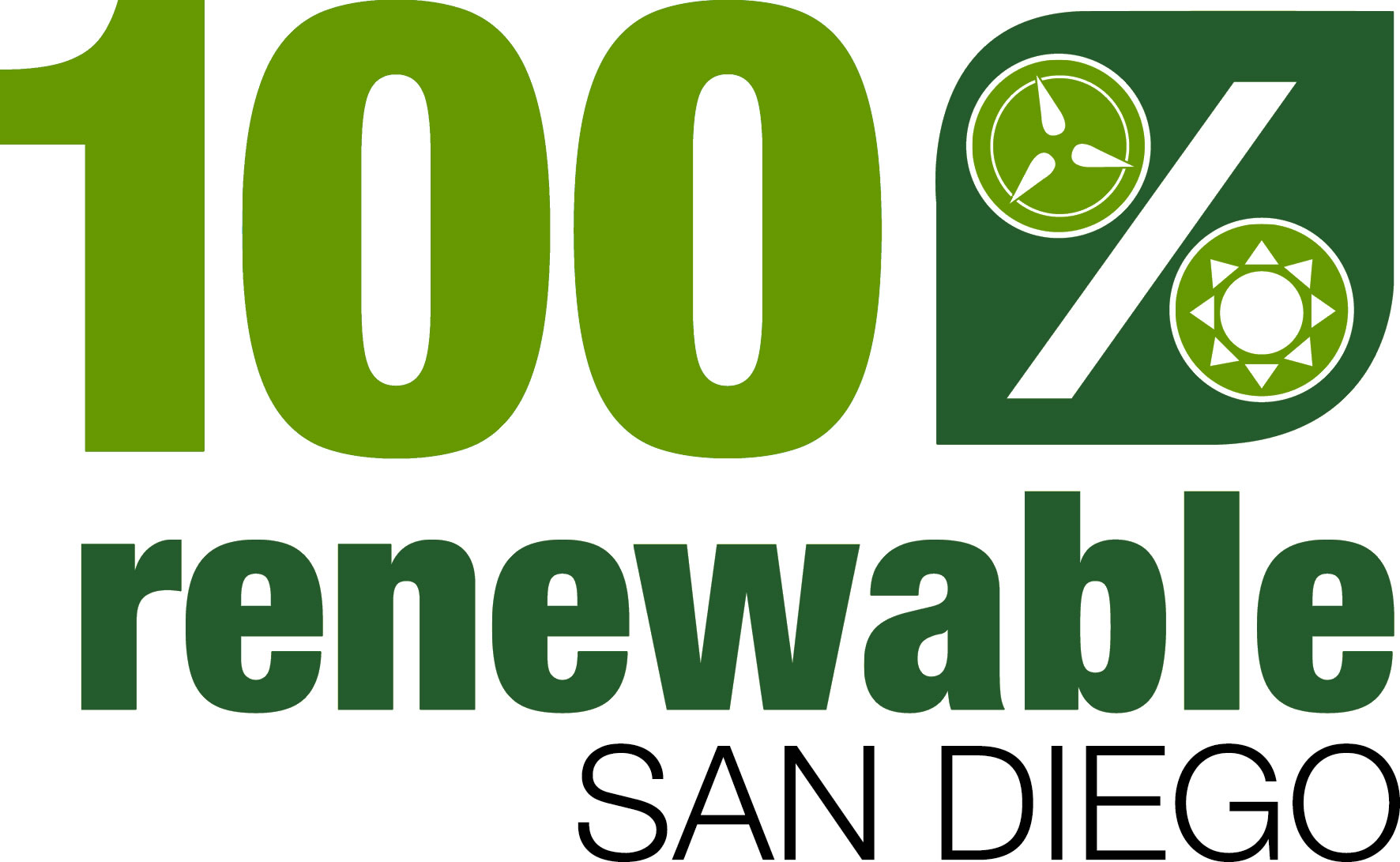 Global Issues >> Peace-War-Conflict >> cold-war-economic-conversion 1 July 1993 TO: Lowell Blankfort Editor Emeritus FROM: Peter Meisen, Executive Director Global Energy Network Institute (GENI) TEL 619-595-0139 FAX 619-595-0403 RE: Article Submission for Editorial Opinion page Possible title:
Economic conversion to skilled civilian jobs is not a new concept to the advocates of such planning. Yet converting high tech military expertise to marketable civilian products and services has proven a difficult task. President Clinton stated his concern in a recent
speech to an international trade conference. In California and across the nation tens of thousands of engineers are unemployed due to the lack of adequate conversion planning. With the Cold War over, this policy vacuum remains. How does one become trading partners with his former enemy? Can military thinking transform into market dynamics? There is a common enemy of the US, Russia and the
rest of the world in our environmental challenges.
As many experts before him have done, Paul Kennedy
in What's wanted and needed on the planet is a plan for the long term sustainable development for our present 5.5 billion people -- projected to be 8 billion in 2020. More than 20 years ago, the World Game model by Dr.
R. Buckminster Fuller (inventor of Geodesic Domes,
Synergetics, Dymaxion Map) proposed the planet's highest
priority to be the interconnection of electric grids
to tap abundant, but often remote renewable resources.
In Reports from the DOE National Energy Labs highlight the enormous renewable resource potential in the United States. Energy Secretary O'Leary has even changed the pictures in her office from nuclear plants and submarines to wind and solar farms. And as reported by the Union of Concerned Scientists, wind and solar thermal generation are cheaper sources today than natural gas used for peaking power generation. California leads the world in alternative energy production from clean energy resources -- wind, geothermal and solar. The 1992 California Energy Commission report boasts the Golden State has over half of the world's geothermal production, more than 80% of total wind production and 99% of the installed solar capacity of the rest of the world! Yet these three sources comprise less than 6% of California's power generation. Potentially, the US could lead the world in developing renewable energy technologies for both domestic and international use. The US defense industry produces the world's finest engineering expertise, metals fabrication and computer simulation models. This is the same proficiency required to take full advantage of the renewable energy resources around the world. Pushing for more efficiency in the western world has been the best way for customers and utilities to reduce expenses and pollution in the past two decades. Yet the fact remains that 80% of the time we use energy for anything, we in the first world create some kind of pollution; CO2, acid rain, toxic wastes. Global production of these pollutants increases daily. Being more efficient is essential, but by itself is not enough. The western world needs a plan to drive the transition to a higher renewables percentage. The developing world needs an energy infrastructure that will supply their growing energy demand in a manner that is ecologically sustainable. The demand for more energy in the developing nations is immediate. However, families struggling for survival have little time or attention for preserving their environment. Some of the optimal sites for solar, wind, hydro, geothermal, tidal are located in remote locations, many in the developing world. These energy treasures are in deserts, mountains, tidal and wind sites -- far from where we choose to work and live -- oftentimes in neighboring nations. This power could be delivered via the already existing transmission networks in developed nations. An uncelebrated public benefit from the weapons and NASA research of the last three decades has been the increased efficiency and extended economic limits of electric power transmission. Power lines can deliver renewable energy over thousands of miles just as easily as that generated by coal and nuclear. Some in Japan are now taking Fuller's vision a step further, and offering us a crystal ball to the future. Sanyo Electric has proposed Project GENESIS for the mid 21st Century. GENESIS stands for Global Energy Network Equipped with Solar Cells and International Superconducting Grids. Even though superconducting power transmission is still a research dream, Sanyo figures that solar cells covering just 4% of the worlds deserts would supply the energy needs of everyone on the planet. While we struggle to find a conversion policy with both technical and human vision, Japan is designing a system to provide clean energy for the entire planet. Sanyo has driven a stake into the future that will pull everyone towards it. A conversion of Cold War thinking reveals the opportunity proposed by Buckminster Fuller. The linking of renewable resources around the world is feasible and desirable today. With a little vision, engineers could be back at high-tech, well-paid positions creating renewable technologies for domestic use, and export to the rest of the world. California and the US should follow Sanyo's lead. - ### - Peter Meisen is Founder and Executive Director of GENI, a non-profit California corporation conducting education and research on international and inter-regional electric energy networks. A 1976 graduate of Revelle College at UCSD in Applied Mechanics and Engineering Sciences. In 1983, Meisen co-founded SHARE, North America's largest private food distribution program. |
Email this page to a friend
If you speak another language fluently and you liked this page, make
a contribution by translating
it! For additional translations check out FreeTranslation.com
(Voor vertaling van Engels tot Nederlands)
(For oversettelse fra Engelsk til Norsk)
(Для дополнительных
переводов проверяют
FreeTranslation.com )

